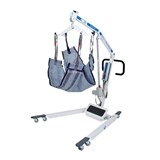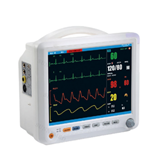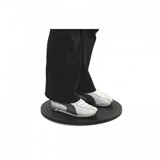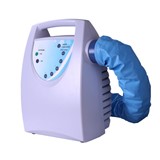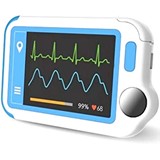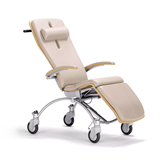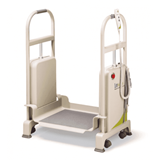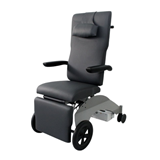According to the RACP, medication-related harm in elderly patients rises once the number of regular medicines they take exceeds five and rises exponentially at eight or more.
RACP President, general physician and geriatrician Dr Catherine Yelland says although medications are a crucial part of patient care, there are a variety of risks around polypharmacy in the elderly including increased incidence of falls, increased frailty, and increased mortality.**
"A large proportion of elderly patients will have three or more diagnosed chronic illnesses making simultaneous management of these conditions and symptoms incredibly challenging," explained Dr Yelland.
"It is important doctors take a holistic of view of all medications that the patient is on – not just those associated with the specific issue that the patient is seeing them for. This should also consider over-the-counter and complementary medicines.
"It's only when we have a complete picture of each patient that we can weigh up the benefits and risks of each drug, how each interacts with others, and the risks and benefits of stopping a particular medication.
"As older Australians are likely to be seeing multiple doctors, open conversations and shared decision-making between doctor and patient regarding medications is vital.
"It's also equally important that there is effective communication across the various clinical disciplines. Every one of our patients should know and be reassured that their doctors are talking to each other."
Medicines that deserve particular attention are benzodiazepines and other sedative- hypnotics, anti-psychotics, hypoglycaemic agents, antithrombotic agents, anti-hypertensives, and anti-anginal agents.
The recommendation is one of five made as part of the Internal Medicine Society of Australia and New Zealand's (IMSANZ) Evolve list. Evolve is a partnership between the RACP and its affiliated Specialty Societies which aims to improve patient care by identifying and reducing tests, interventions and procedures that are overused, inappropriate or of limited effectiveness.
The full list of IMSANZ recommendations are below.
-
Avoid medication-related harm in older patients (>65 years) receiving five or more regularly used medicines by performing a complete medication review and deprescribing where appropriate.
-
Don't request daily full blood counts, erythrocyte sedimentation rate (ESR) or C- reactive protein (CRP) as measures of response to antibiotic treatment if patients are clinically improving.
-
Once they have become afebrile and tolerant of oral antibiotics, don't continue prescribing intravenous antibiotics to patients with uncomplicated infections and no high-risk features.
-
Don't request Holter monitoring, carotid duplex scans, echocardiography, electroencephalograms (EEGs) or telemetry in patients first presenting with uncomplicated syncope and no high-risk features.
-
Don't request computerised tomography pulmonary angiography (CTPA) as the first- choice investigation in patients with low risk of venous thromboembolism (VTE) by Well's score. Instead request D-dimer and perform imaging only if levels are elevated, after adjusting for age.
*Britt H, Miller GC, Henderson J, Bayram C, Harrison C, Valenti L, Wong C, Gordon J, Pollack AJ, Pan Y, Charles J. General practice activity in Australia 2014–15. General practice series no. 38. Sydney: Sydney University Press, 2015.
**Gnjidic D, Hilmer SN, Blyth FM, et al. Polypharmacy cutoff and outcomes: five or more medicines were used to identify community-dwelling older men at risk of different adverse outcomes, The Journal of Clinical Epidemiology, 2012; 65: 989–995



